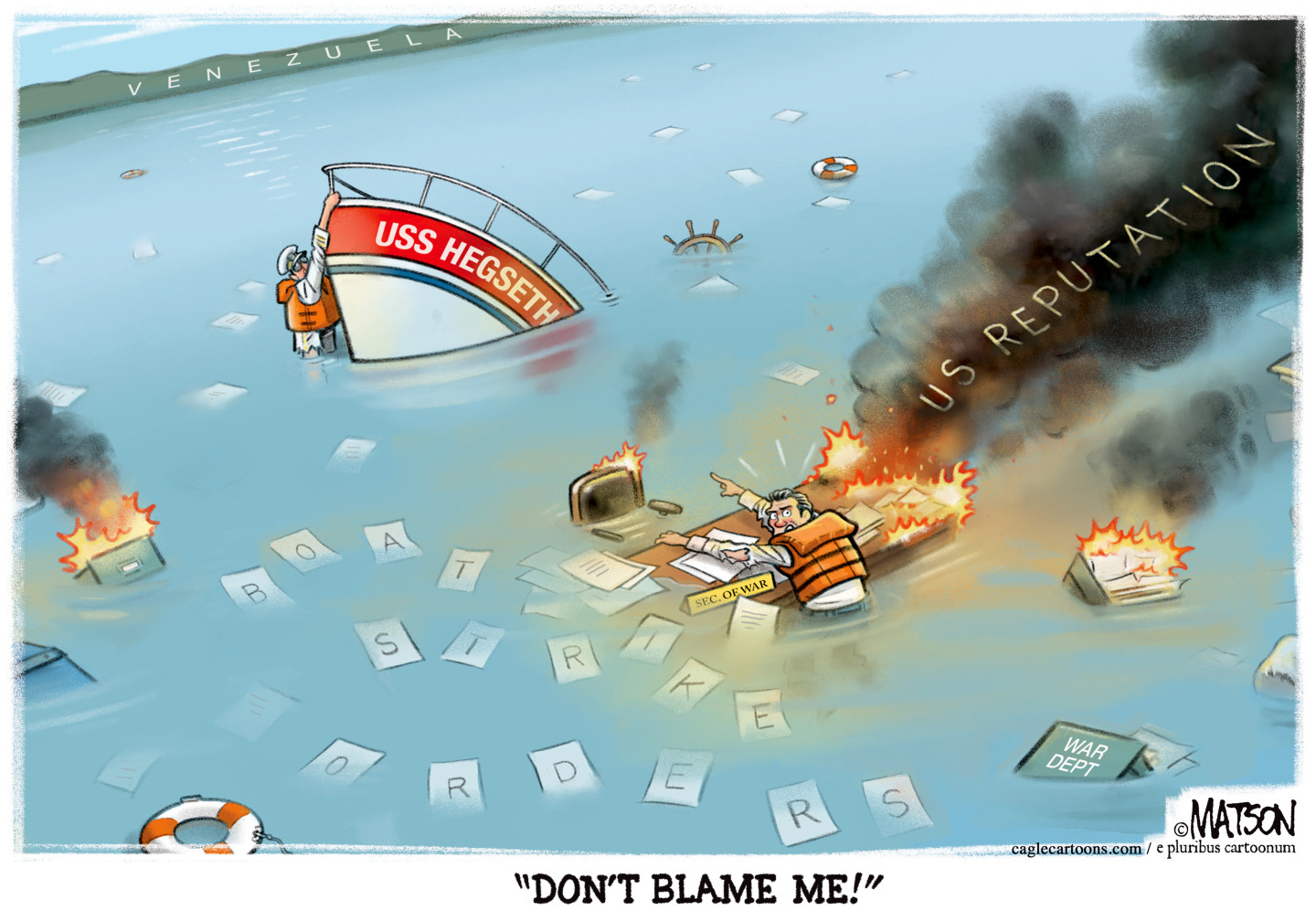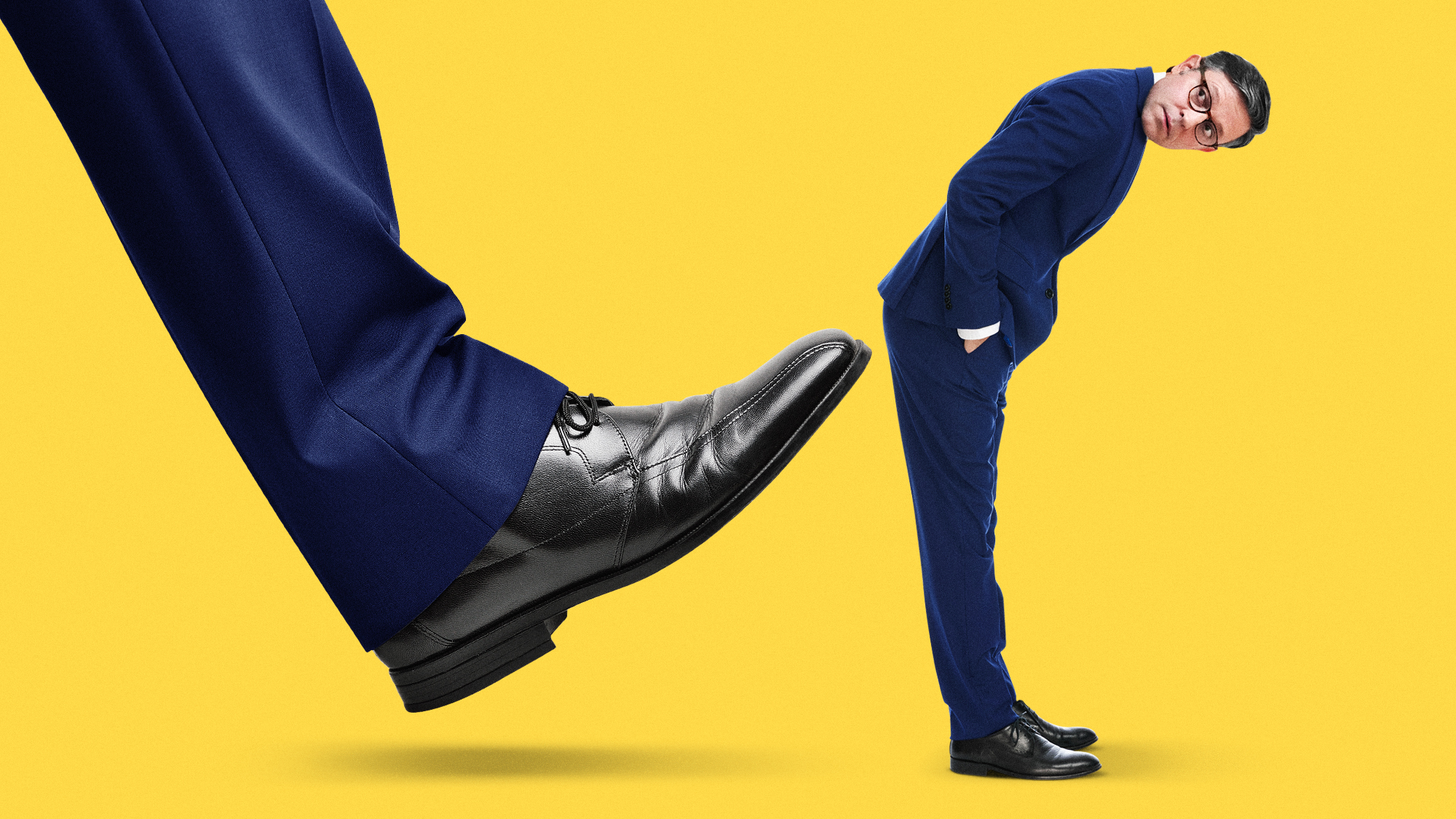America’s Most Secret Agency
Under pressure from the White House, Congress recently gave the National Security Agency unprecedented powers to conduct warrantless surveillance. How powerful is the NSA?
What does the NSA do?
It's essentially a highly sophisticated listening post that pores over vast reams of information, searching for threats to the U.S. An intelligence service of the Pentagon, the NSA was once so clandestine that its initials were said to stand for 'œNo Such Agency.' But over the last 20 years, the NSA has given up some of its secrets. Its primary functions are cryptology'”writing and breaking codes'”and eavesdropping, which it calls 'œsignals intelligence.' The days when this meant an agent crouched in a van listening to tapped phone lines are mostly over. Today, the NSA's powerful computers intercept billions of phone calls, Internet messages, radio transmissions, and faxes.
What happens with all this data?
The Week
Escape your echo chamber. Get the facts behind the news, plus analysis from multiple perspectives.

Sign up for The Week's Free Newsletters
From our morning news briefing to a weekly Good News Newsletter, get the best of The Week delivered directly to your inbox.
From our morning news briefing to a weekly Good News Newsletter, get the best of The Week delivered directly to your inbox.
A system called Echelon screens the flood of information for targeted phrases, names, phone numbers, and addresses, and alerts agents to any matches. In 2003, the NSA had flagged 10 different cell phones used by 9/11 mastermind Khalid Shaikh Mohammed. When his voice matched with one of the numbers, the agency used satellites to triangulate his position and grab him. Ninety-five percent of the raw material collected by the NSA is never translated into intelligible language. But raw data can also be useful. The NSA practices 'œdata mining': analyzing communications for patterns'”such as phone numbers being frequently connected with other numbers'”that can be revealing even if the content of conversations is not known. Information from the NSA makes up about 75 percent of the president's daily intelligence briefing.
How long has the NSA been around?
 Harry Truman created it in 1952, by secret order, naturally. During the Cold War, agents tapped phones, planted bugs in gifts presented to diplomats, and once even wired a flock of pigeons roosted outside a window at the Soviet Embassy in Washington. Later, the NSA erected massive parabolic dishes to pull signals directly off communications satellites, ushering in the current era of mass collection. Most international communications are now conducted via fiber optic cables; the NSA either taps these at key locations or hooks up directly to the data hubs of telecommunications companies. Â
Who works there?
A free daily email with the biggest news stories of the day – and the best features from TheWeek.com
 The agency employs 30,000 to 40,000 people, more than twice as many as the CIA. Most never leave their desks. The agency is said to be the world's largest employer of mathematicians. 'œIf you stand in the NSA parking lot at quitting time,' said a former agency linguist, 'œyou'll see the biggest collection of nerds and geeks on the planet.' Some NSA agents are involved in dangerous fieldwork, though. An elite unit called the Special Collection Service reportedly has been instrumental in carrying out 'œextraordinary renditions' of terror suspects, whisking them away to secret locations where they can be interrogated without oversight.
Where is the agency located?
 In Crypto City, a 60-building, 5,400-acre complex in Fort Meade, Md., outside Washington, D.C. Guarded by a paramilitary force known as the Men in Black, its main buildings are sheathed in a copper mesh that prevents electromagnetic signals from leaking out. Garbage is placed in 'œburn bags' and pulped on site. Even religious services are held in an unbuggable room. Employees are required to wear badges that come in 26 styles and colors to indicate different clearance levels. At the same time, Crypto City has all the trappings of an ordinary suburban town. There are 11 cafeterias, designed like mall food courts with Taco Bells and Pizza Huts, a day-care center, gyms, and a drugstore. Agents have formed numerous unofficial organizations, including a quilting society, a softball league, and a gay, lesbian, and bisexual club. Â
Whom does the agency spy on?
 Officially, the NSA is only supposed to target foreign citizens. But in the mid-1970s, congressional investigators discovered that the agency had files on more than 75,000 Americans, including Joan Baez, Jane Fonda, and Martin Luther King Jr. A former senior NSA official, Frank Raven, said that FBI chief J. Edgar Hoover, concerned about religious opposition to the Vietnam War, once directed the NSA to place every Quaker under surveillance. He was gently reminded that that would include President Nixon. Outraged by the abuses, Congress passed the Foreign Intelligence Surveillance Act, which barred the NSA from targeting Americans and required the agency to get approval from a special court before conducting any foreign surveillance that might rope in Americans. But then came the Sept. 11, 2001, terror attacks.
How did 9/11 affect the agency?
After 9/11, President Bush secretly authorized warrantless wiretapping of Americans who were suspected of communicating with foreign terrorists. Last month, Congress made the NSA's expanded powers legal. The deference to the NSA reflects its perceived value in the war on terror. The agency's exact budget is classified, but since 2001, it has reportedly more than doubled, to about $9 billion. Â
Does it spend that money wisely?
-
 5 criminally underrated cartoons about Pete Hegseth’s war crime
5 criminally underrated cartoons about Pete Hegseth’s war crimeCartoon Artists take on USS Hegseth, rats leaving the sinking ship, and more
-
 Can Mike Johnson keep his job?
Can Mike Johnson keep his job?Today's Big Question GOP women come after the House leader
-
 A postapocalyptic trip to Sin City, a peek inside Taylor Swift’s “Eras” tour, and an explicit hockey romance in December TV
A postapocalyptic trip to Sin City, a peek inside Taylor Swift’s “Eras” tour, and an explicit hockey romance in December TVthe week recommends This month’s new television releases include ‘Fallout,’ ‘Taylor Swift: The End Of An Era’ and ‘Heated Rivalry’